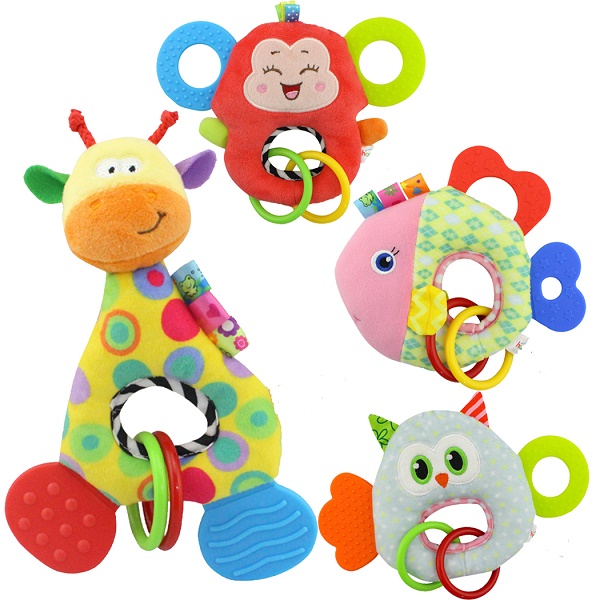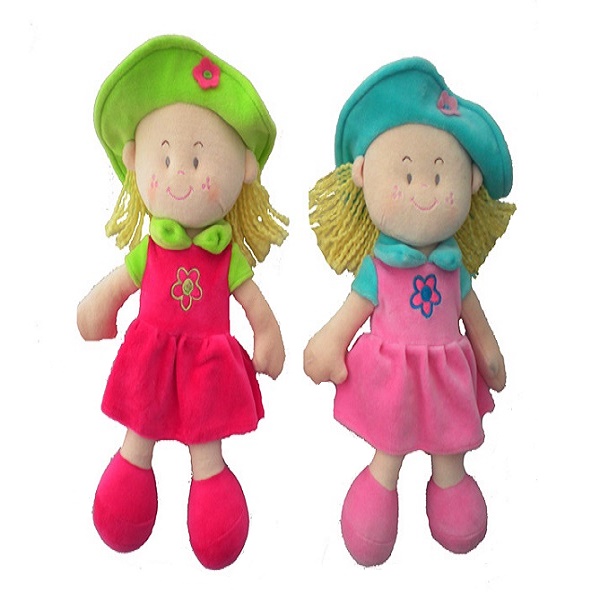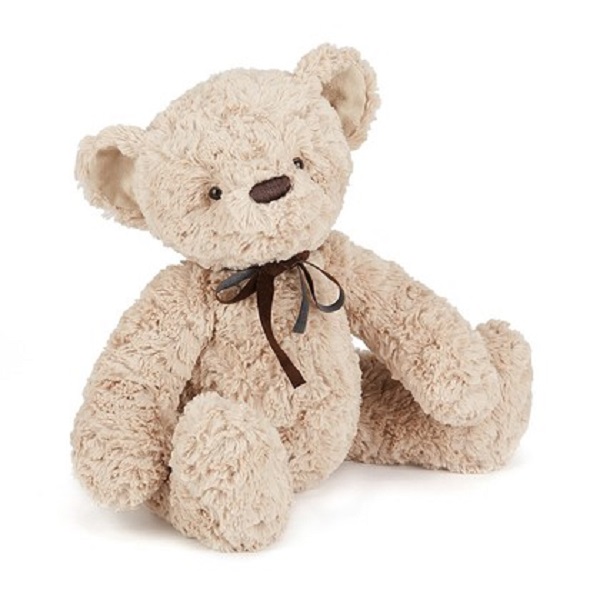What is the best toys for your cute kid
Some of the features (besides safety and affordability) to look for in a toy for your kid are:
1. Open-ended : Look for toys that can be used in many different ways - ones that don't have one desired response from your child. The more open-ended a toy is, the more likely it is to grow with your baby through many ages and stages. Here's a tip - push-button electronic toys tend to be less open-ended than more basic toys.
2. Supporting of discovery and exploration : Children are natural-born experimenters. Play for bigger babies, toddlers and beyond often involves lots of "what happens if I do this?!" moments. Look for toys that could respond differently to your child's different actions or toys with pieces that could be removed and used with different activities. This goes right along with open-endedness since these are key features of open-ended toys.
3. Promote interaction and language : Some toys are more supportive of playing with and talking to your baby than others. A book that reads itself to your toddler as she turns pages or pushes buttons leaves little room for a parent to interact. A spider toy that sings the whole "Itsy Bitsy Spider" song doesn't promote imitation of hand motions as mommy or daddy sings it to baby. Look for toys that do less for the child and that allow the space for you as a parent to ask questions, tell a story, sing a song, make an animal noise, and make observations.
4. Sensory simplicity : Every object in the world has sensory properties - weight, color, texture, sound when banged or tapped or rubbed or squeezed. I find that baby products labelled "sensory" are often just busy for the sake of being busy. A baby is just as likely to be be as interested in sensory exploration of a simple wooden maraca toy as a light up, vibrating, singing octopus pirate with a different whirlygig doo-dah hanging from each tentacle.
5. Relevance to real life : Babies are learning about the world around them. They're trying to associate words with the pictures in books and the toys in their world. The objects that they play with and interact with on a daily basis can contribute to that understanding of the world. I advocate for at least some of a baby's toys to be related to or resemble real life objects. Look for baby books with real photos or realistic drawings of animals and toy animals that actually look like animals (as opposed to the singing octopus pirate previously mentioned). Let your baby play with cups and wooden spoons, wooden blocks, mirrors, scarves, etc



